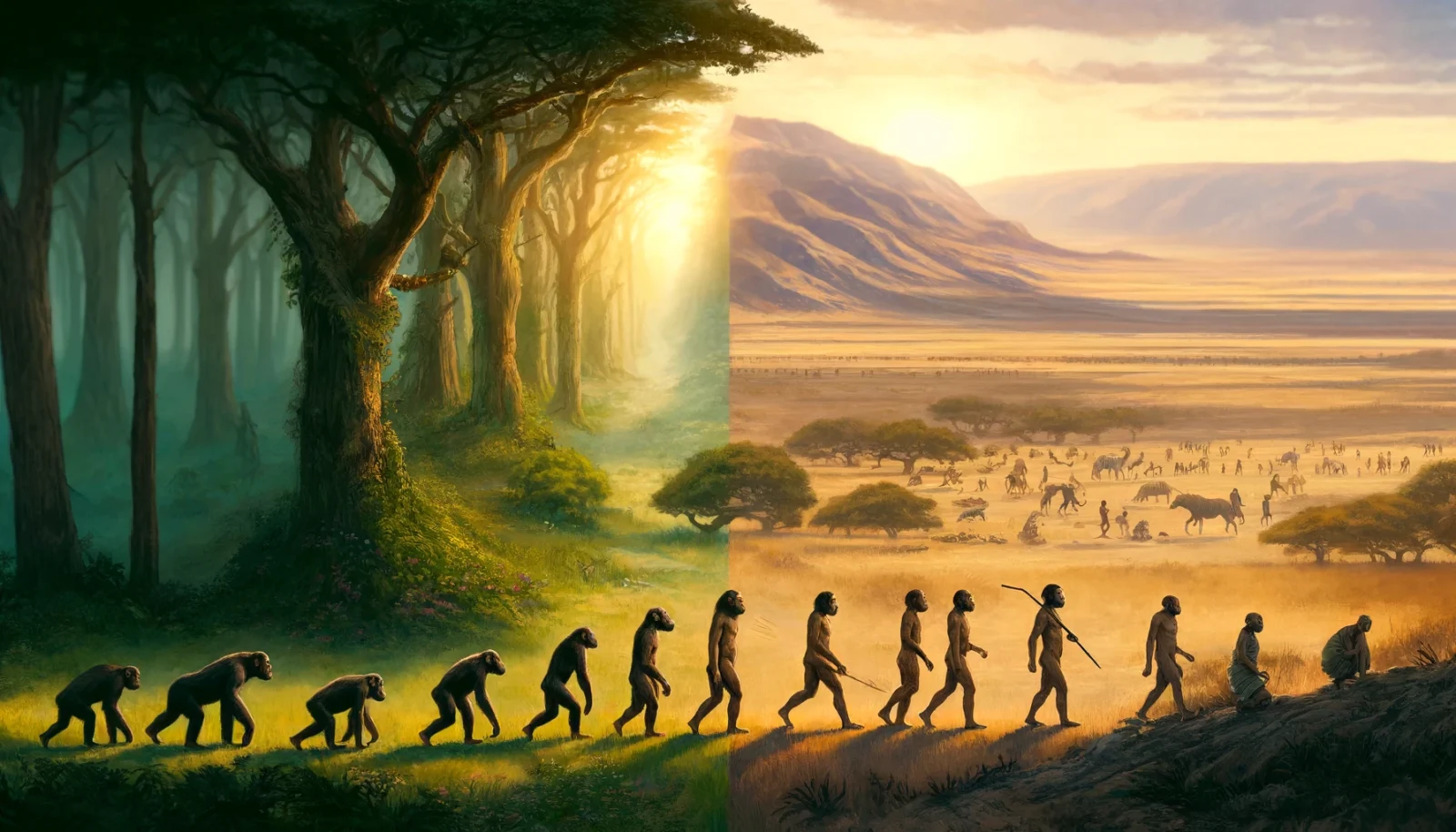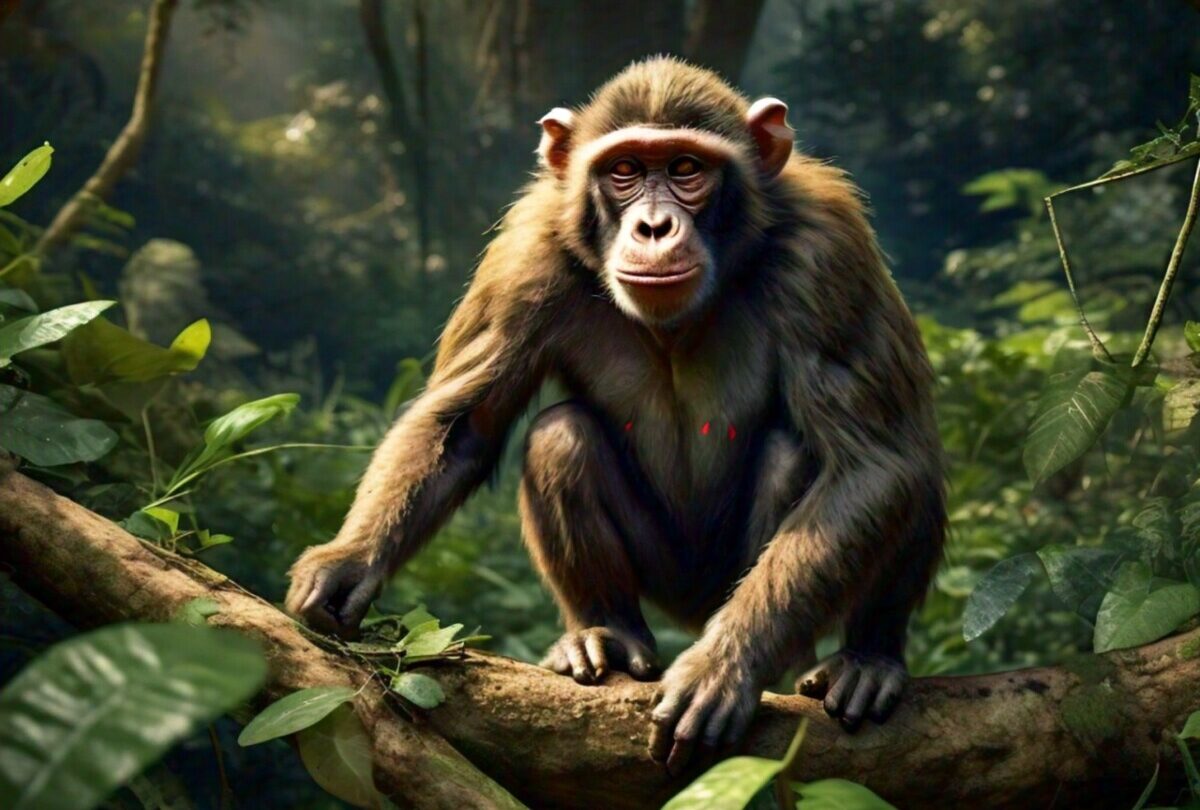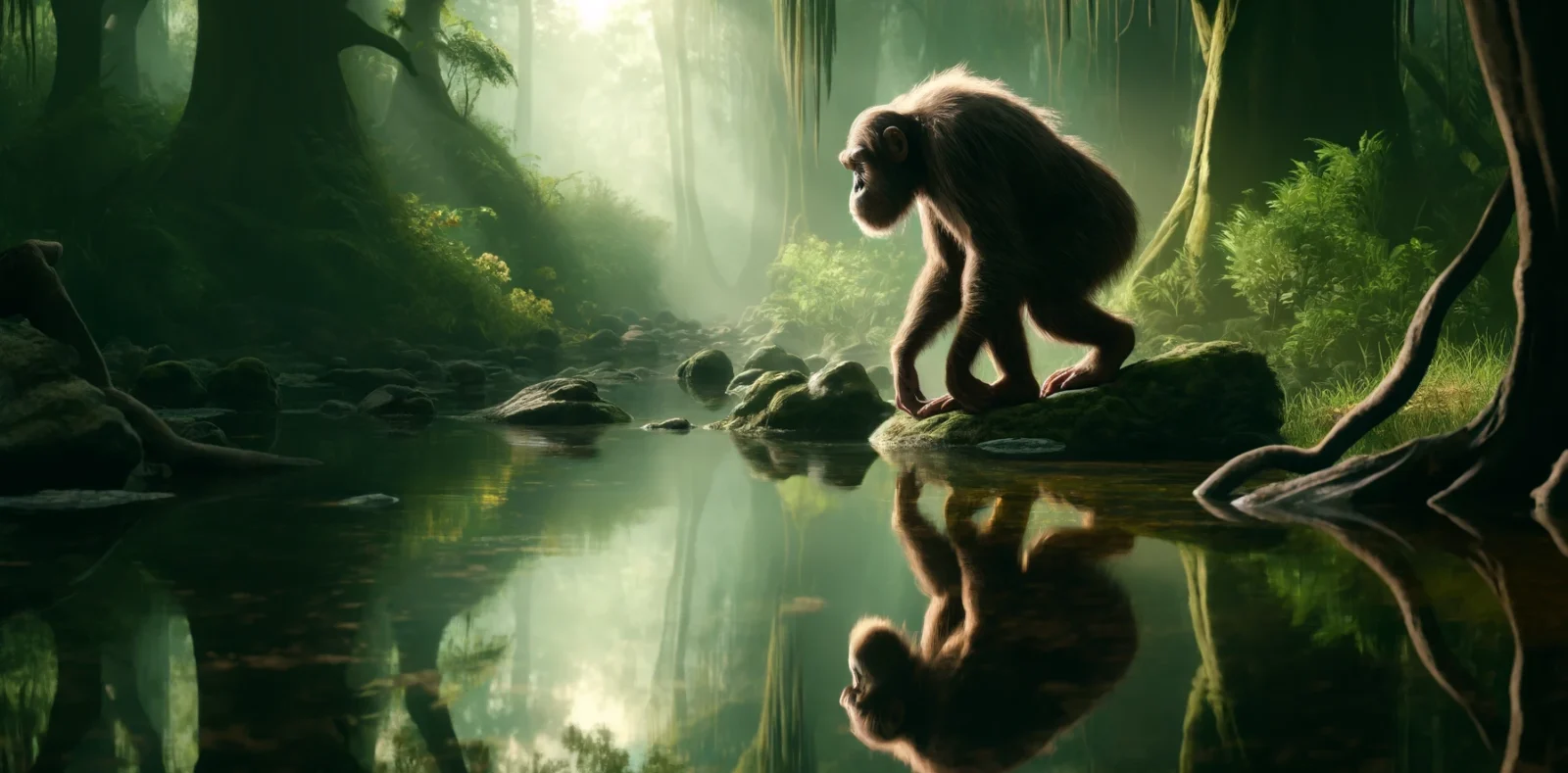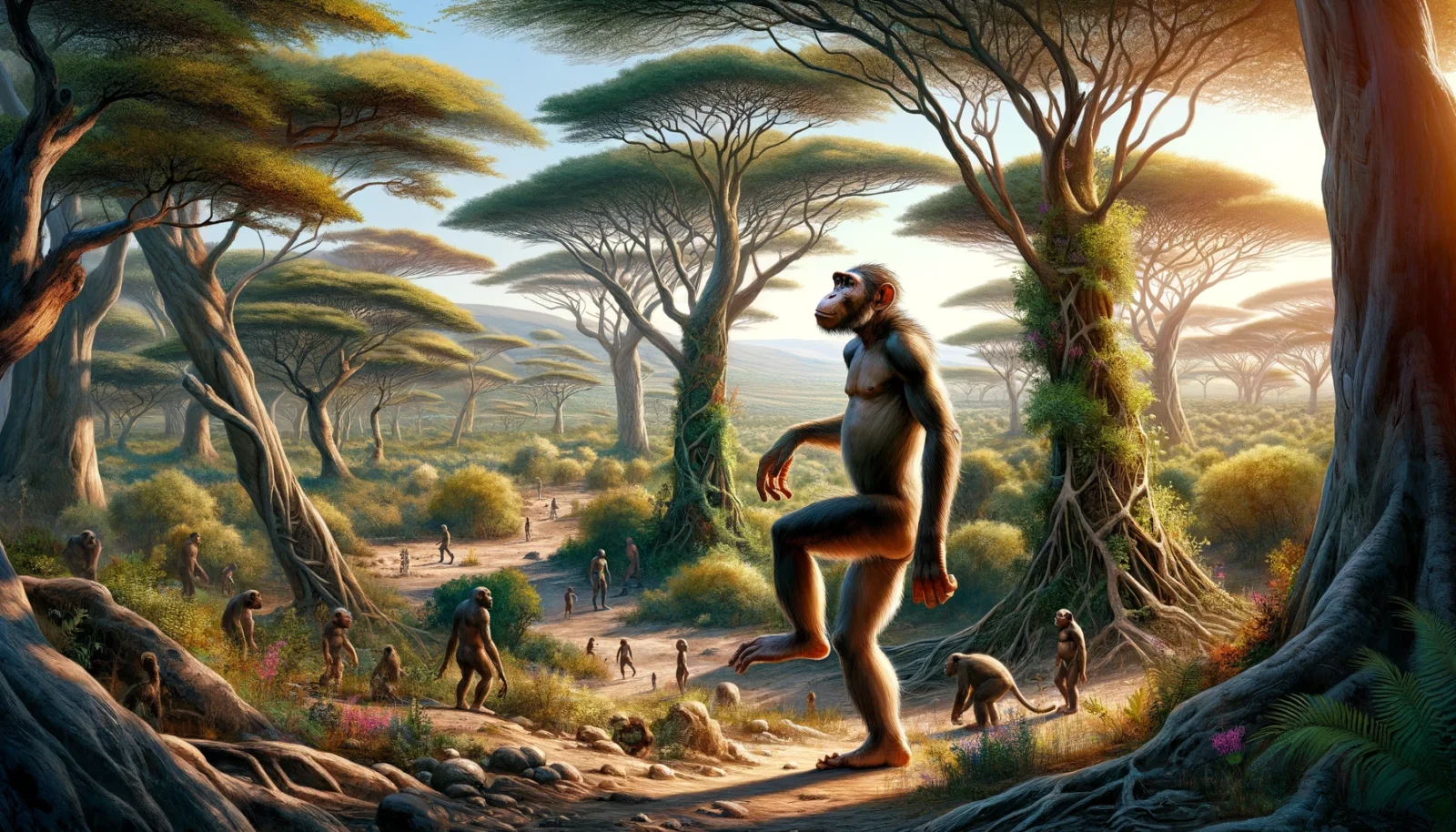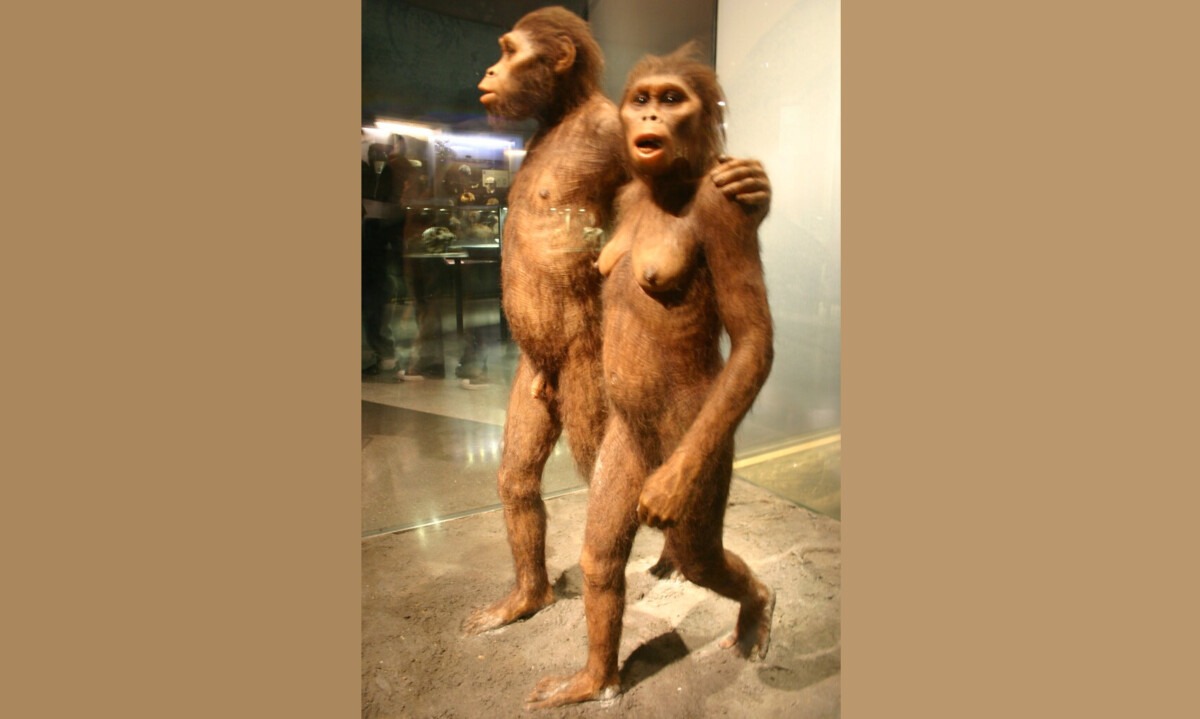Great Ape Thumb Evolves
Likely between 25 and 30 million years ago, the evolution of the great apes brought about further refinement of the opposable thumb. This period saw the divergence of the lineages that would lead to modern apes, including orangutans, gorillas, and chimpanzees. The great ape thumb evolved to become more robust and versatile, allowing these primates […]
Great Ape Thumb Evolves Read More »


